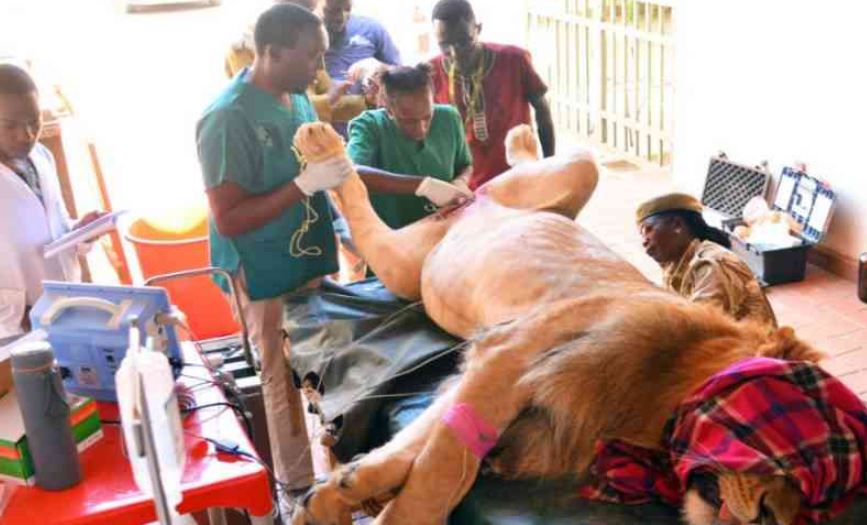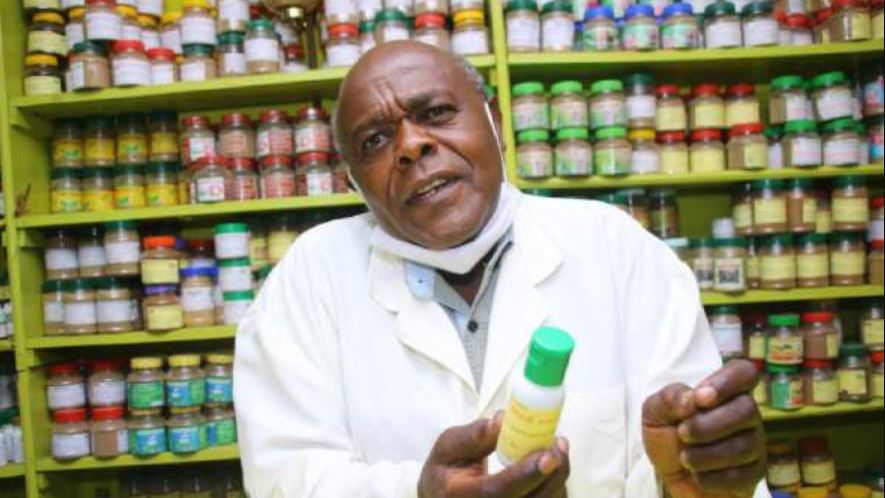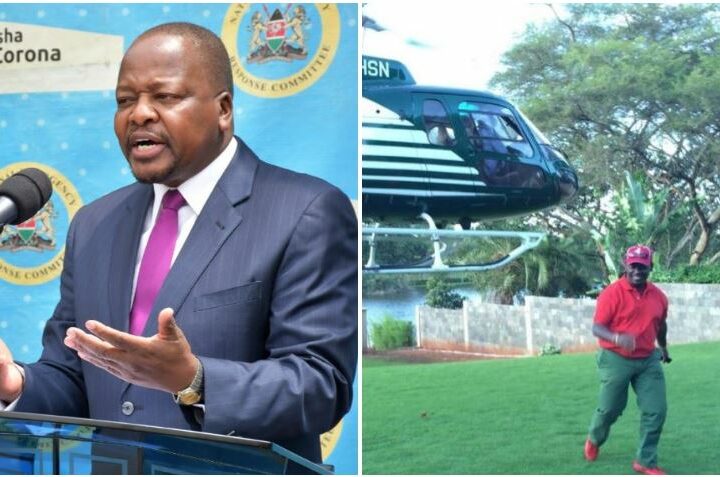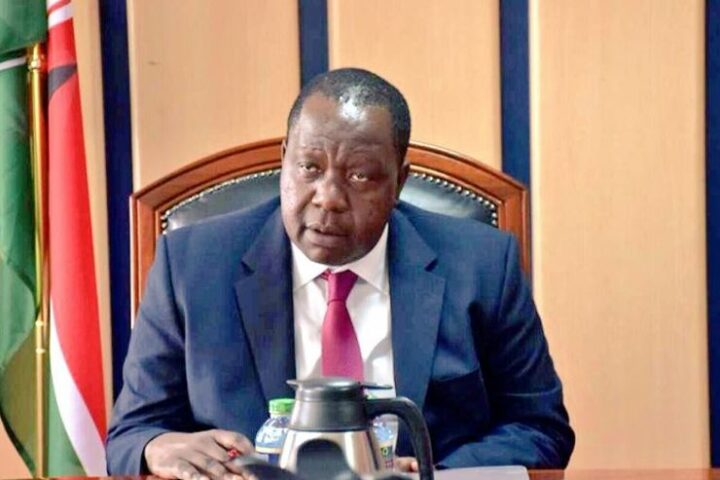
KWS in a statement Saturday said it sterilised the vulnerable 3-year-old lion last Thursday at its veterinary laboratory in the capital, Nairobi.
Responding to concerns that a vasectomy was ill-advised given the dwindling lion population in the country, KWS said it was necessary to neuter the big cat “to control breeding at the captive facility”.
KWS said the vasectomy was in line with its program of rescuing animals that are in distress, orphaned, and injured and which are kept in captive facilities for rehabilitation.
“When wild animals are hand-reared, they lose their natural instincts, and if released back to the wild, they are vulnerable. The cat family end up being problem-animals as they look for easier prey. As such, the wild animals kept in captive facilities are given the best conditions and utilised as exhibits to enhance local tourism, conservation education and awareness for schools and the general public.
“Breeding is not permissible in captive facilities and appropriate management interventions such as vasectomy are undertaken using the recommended best practice to ensure animal welfare is enhanced,” said the KWS.
The agency also dispelled claims that the diminishing lion population is a result of controlled mating.
“The main threats to lion conservation include human-wildlife conflict leading to injury and retaliatory killing, increased human settlement and infrastructure development in wildlife habitats leading to increased interaction between people and wildlife, habitat loss, fragmentation, declining wildlife populations which affect predator-prey dynamics, impacts of climate change occasioned by frequent and prolonged drought, diseases, and lack of clear land use plans leading to poor conservation management strategies,” said the KWS.
KWS further announced it is implementing the National Recovery and Action Plan for Lion and Spotted Hyena in Kenya (2020-2030) “with a goal to restore and maintain viable populations of lions, and their wild prey while minimising conflict and maximising value to local communities”.
Kenya’s population of lions stands at 2,589 in 2023 compared to more than 30,000 in the 1970s.








